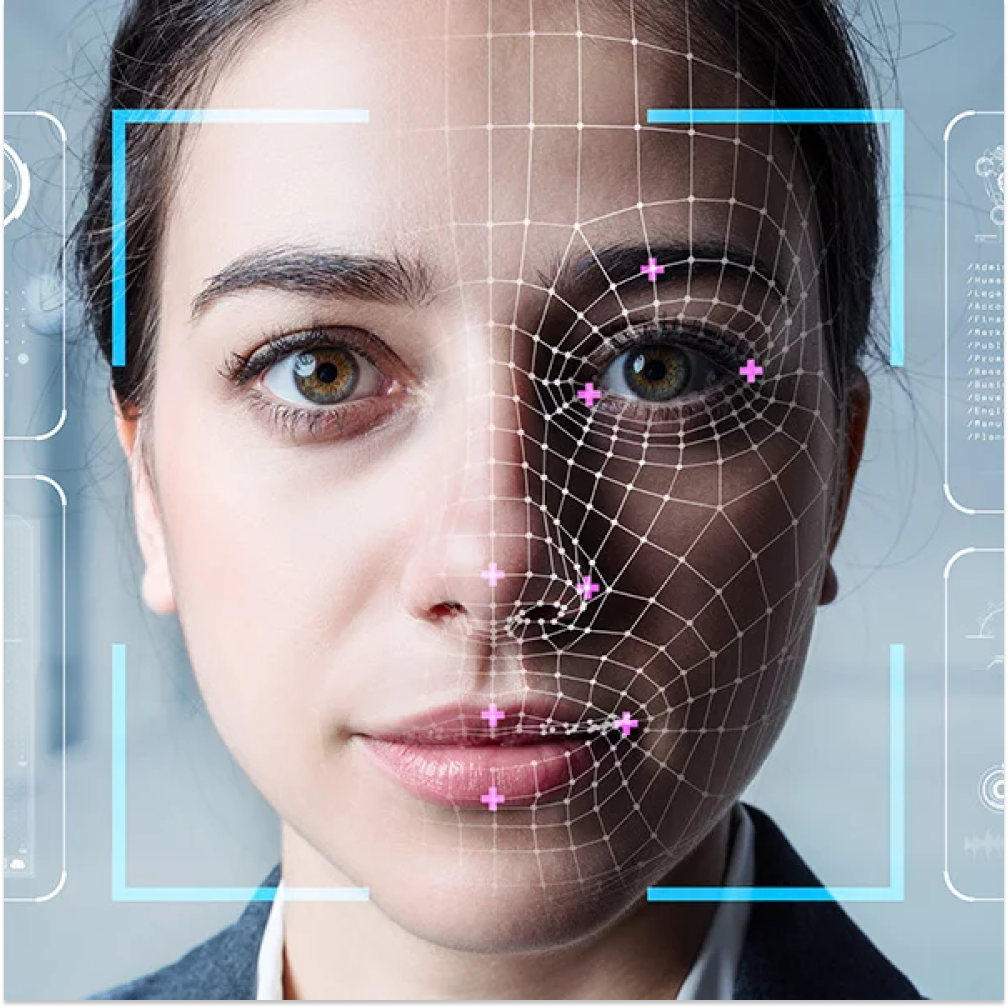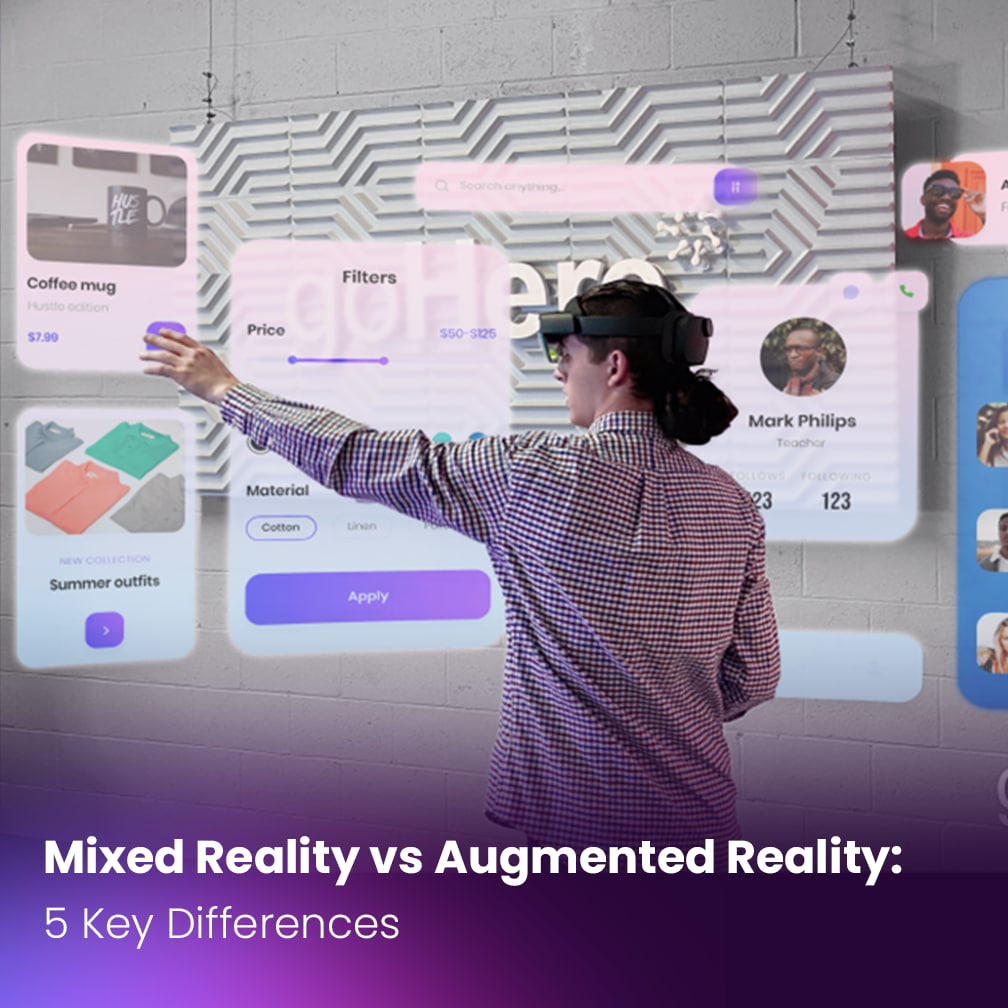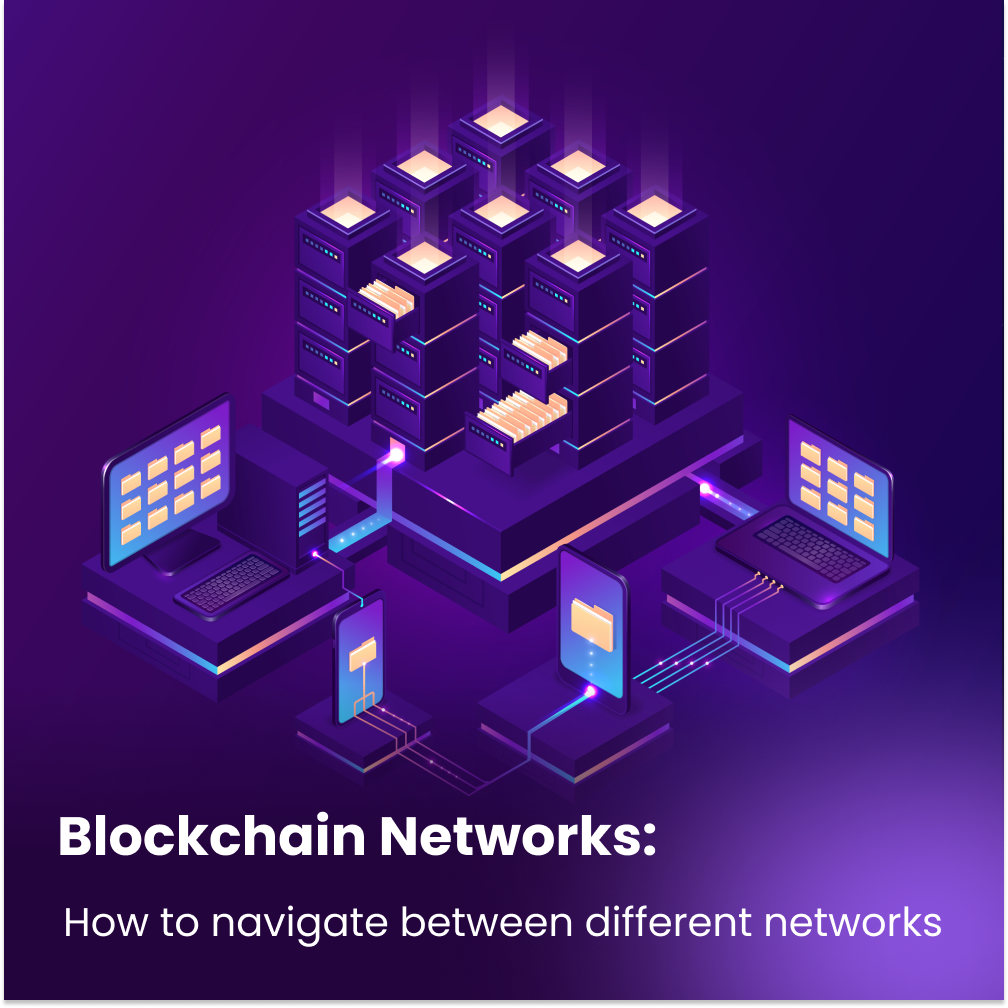
Estimated reading time: 6 minutes
In the ever-evolving era of the internet, a new paradigm is emerging with the rise of Web3. At the heart of this groundbreaking development lies the concept of digital identity, a fundamental element that is set to reshape the way we interact, transact, and navigate the online world.
Digital identity in Web3 encompasses far more than just usernames and passwords; it represents a comprehensive and decentralized framework that empowers individuals to control their own data, privacy, and online presence.
In this article, we delve into the depths of Web3 and explore the nature of identity in Web3, explaining its significance, implications, and the potential it holds for a more secure and user-centric internet experience.
What is Digital Identity?

In Web1 or the early days of the internet, digital identity was primarily centered around usernames and passwords. Users created accounts on individual websites and had separate identities for each platform they engaged with. These identities were often managed by centralized entities, such as websites or service providers, which held control over user data and personal information.
With the advent of Web2, digital identity evolved to incorporate social media platforms and online communities. Users began to establish more interconnected online profiles, linking their identities across multiple platforms and services. The concept of a unified identity started to emerge, enabling individuals to manage their online presence more easily. However, this identity was still largely controlled and governed by centralized platforms, raising concerns about data privacy and security.
In the era of Web3, digital identity undergoes a radical transformation. Web3 envisions a decentralized internet where individuals have complete ownership and control over their identities. It introduces the concept of self-sovereign identity, enabling users to manage and verify their own digital credentials. Users can selectively share their data and participate in online interactions without relying on third-party intermediaries. This paradigm shift empowers individuals with greater autonomy, privacy, and security in the digital realm.
How does Identity Work in Web3?
In Web1 and Web2, conventional centralized digital identifiers such as emails, usernames, and passwords were commonly utilized for accessing websites and applications. However, these identifiers often give rise to a range of recurring issues:
- Frequent occurrences of data breaches in centralized data storage systems.
- Companies typically possess control over your data, with many engaging in practices such as selling, tracking, or misusing it.
- Service providers hold the ability to revoke your access to their platform at any given time.
- There is often limited control and awareness regarding how your data is utilized, accessed, or shared.

Fortunately, the advent of Web3 identity technology offers promising solutions to address these concerns. Key technologies such as decentralized identifiers, Verifiable Credentials, and blockchain can play a crucial role in mitigating these problems.
- Decentralized Identifiers (DIDs) – a technology that allows individuals and entities to create and manage their unique identifiers in a decentralized manner. DIDs provide a self-sovereign digital identity framework, enabling users to have control over their identity data and establish trust without relying on central authorities.
- Verifiable Credentials – a digital representation of credentials or claims issued by an entity, such as an organization or government, that can be cryptographically verified. They enable individuals to securely share and prove their identity, qualifications, or other attributes without disclosing unnecessary personal information.
- Blockchain – In the realm of Web3 digital identity, blockchain assumes a significant role. The decentralized characteristics of blockchain eliminate the presence of a central authority governing Web3 identity. Instead, blockchain empowers users to exert complete control over their own identity, granting them enhanced autonomy over their data.
Why is Identity Important in Web3?
Identity holds great significance in Web3 due to several reasons.
Firstly, in Web3’s decentralized environment, where individuals have ownership of their data and interact directly without intermediaries, identity enables trust and accountability. It ensures that participants in transactions, contracts, and interactions can reliably establish the authenticity and reputation of counterparties.
Secondly, digital identity empowers users with control over their personal information, protecting privacy and mitigating data breaches.
Moreover, digital identity in Web3 fosters interoperability, enabling seamless and secure data exchange across different platforms and services. It also enables personalized experiences, as user preferences and history can be associated with their digital identity.
Overall, identity is pivotal in Web3 to establish trust, preserve privacy, enhance user experiences, and facilitate secure and efficient interactions in a decentralized landscape.
Use Cases of Web3 Identity
Web3 identity can find applications in various ways. Here are some instances:
- Generating immutable digital documents, certificates, and credentials to prevent tampering.
- Conducting age verification in Web3 gaming, gambling, and entertainment platforms to ensure users meet the minimum age requirement without divulging personal details.
- Verifying eligibility for entry into spatial computing.
- Providing proof of token ownership without exposing the contents of a wallet.
- Establishing the creator, original owner, and current owner of a token throughout its lifecycle.
What is Digital Identity in Spatial Computing?

Digital identities play a pivotal role in spatial computing.
Spatial computing is a virtual realm where individuals interact, create, and explore. In this immersive digital space, users construct and embody unique digital personas that represent their presence and activities.
These digital identities enable individuals to establish their reputation, credentials, and social connections within spatial computing. They allow for personalization, customization, and self-expression, shaping how users are perceived and engaged within this virtual world.
Additionally, digital identities in spatial computing provide the foundation for secure transactions, collaborations, and interactions, fostering trust and accountability among participants.
As spatial computing evolves, digital identities will continue to be key enablers of identity management, social integration, and user experiences in this dynamic virtual universe.
What is the Future of Digital Identity?
When envisioning the future of digital identity in the Web3 space, it is crucial to carefully consider its practical applications. Digital identity solutions possess the potential to revolutionize consumer interactions with digital services, providing enhanced control over personal data, privacy, and simplified authentication processes.
To ensure their effectiveness, Web3 identity solutions must prioritize usability, accessibility, and security. It is essential to design future solutions with the end-user in mind, facilitating a seamless onboarding experience for individuals to effortlessly create and manage their digital identities across diverse platforms, safeguarding their data and mitigating cyber threats.
Furthermore, digital identity solutions should be inclusive, catering to individuals regardless of their financial resources, geographical location, or technical expertise. This necessitates the development of cost-effective and user-friendly solutions that seamlessly integrate into existing systems and applications.








